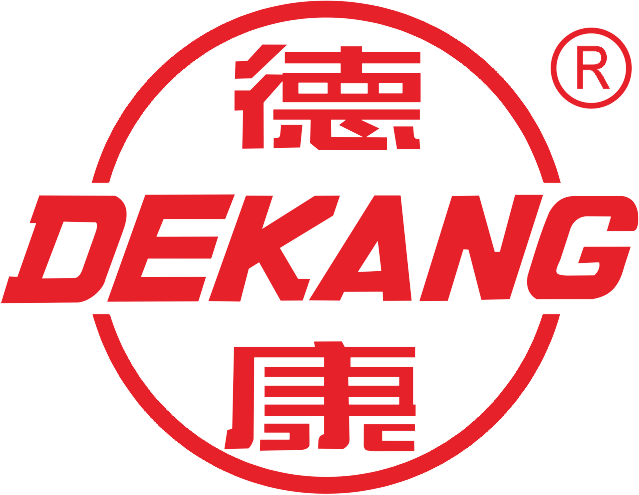What are the quality inspection items of gravure composite ink?
Release time:
2024-11-08
In the printing industry, the quality of gravure composite ink is directly related to the final effect and performance of the printed matter. Therefore, it is essential to understand and master its quality testing items, methods and standards.

In the printing industry, the quality of gravure composite ink is directly related to the final effect and performance of the printed matter. Therefore, it is essential to understand and master its quality testing items, methods and standards.
1. regular physical performance testing
Fineness detection
Method: The measurement is usually carried out with a scraper fineness meter. An appropriate amount of ink is evenly coated in the groove of the squeegee fineness meter, and then the ink is leveled with a squeegee. The fineness of the ink is determined by observing the scale of the particles in the ink displayed on the squeegee fineness meter.
Standard: Different printing requirements and application scenarios have different standards for fineness. Generally speaking, the smaller the fineness, the smoother the printing surface and the higher the quality. For example, in high-end packaging printing, ink fineness is usually required to be below a certain micron level to ensure the beauty of the print.
Liquidity testing
Method: The outflow cup method can be used. The ink is poured into a specific outflow cup, and the time for the ink to flow from the outflow cup is measured under certain temperature and pressure conditions. The shorter the outflow time, the better the fluidity.
Standard: The fluidity needs to determine the appropriate range according to the printing equipment and printing process. For high-speed intaglio printing presses, the ink needs to have good fluidity to ensure that it can be filled into the cavities of the intaglio plate quickly and evenly. For some fine printing, the fluidity can not be too large, so as not to cause excessive ink diffusion.
2. special performance test
Composite strength test
Method: First, the ink is printed on the substrate, and then compounded with another layer of material. A special tensile testing machine can be used to perform tensile tests on the composite materials. The composite strength was evaluated by measuring the force required to separate the two layers of material.
Standard: Different application areas have different requirements for composite strength. For example, in the field of food packaging, it is necessary to ensure that the composite layers have sufficient strength to prevent delamination during transportation and storage, which affects the safety of food. Generally speaking, according to relevant industry standards and regulations, the composite strength needs to reach a certain Newtonian force value or more.
Light resistance test
Methods: Samples printed with intaglio composite ink were placed under specific lighting equipment to simulate lighting conditions of different intensity and time. After a period of time, the samples were observed for color change and degree of fading.
Standard: According to the use environment and life expectancy of the product, determine the standard of light resistance. For example, outdoor advertising prints need to have high light resistance to prevent rapid fading under long-term sunlight. You can compare the color difference of the sample before and after the light, and use the color difference meter and other equipment for quantitative evaluation to ensure that it meets the corresponding light resistance level standard.
Heat resistance test
Methods: The samples were placed in a constant temperature oven and heated at different temperatures. Observe the changes in the ink during heating, such as whether there is softening, discoloration, adhesion and other phenomena.
Standard: For some products that need to be used in a high temperature environment or processed at high temperature, such as heat-sealed packaging materials, the ink must have good heat resistance. According to the specific application scenario, determine the standard that the ink can withstand higher temperatures without quality problems.
Chemical resistance test
Methods: Soak the sample in different chemical reagents, such as acid, alkali, solvent, etc. After a certain period of time, observe the appearance change and adhesion change of the ink.
Standard: According to the chemical substances that the product may contact and the use environment, the corresponding chemical resistance standard is formulated. For example, in the packaging and printing of chemical products, the ink needs to be able to resist the erosion of a certain concentration of chemical reagents without falling off, dissolving and so on.
In short, the quality inspection project of gravure composite ink covers many aspects, from the physical properties of the regular to the special application performance. Only by following scientific testing methods and meeting relevant standards can the quality of the ink be stable and reliable and meet the requirements of different printing needs and application scenarios. Printing companies and ink manufacturers should attach great importance to quality testing, and constantly improve the testing methods and quality control system to promote the high-quality development of the printing industry.
Recommend News

